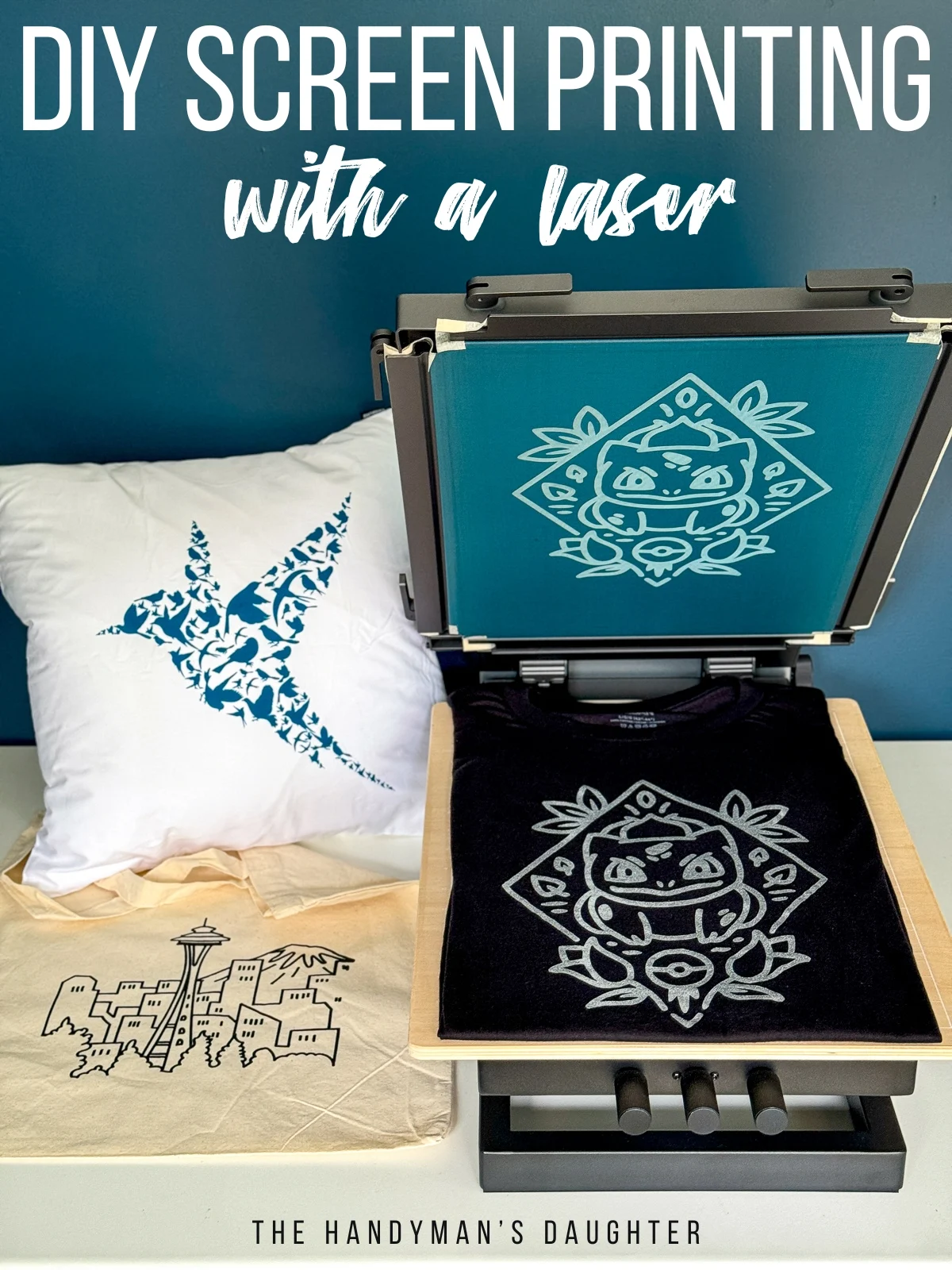The Crucial Guide to Understanding Screen Printing and Its Versatile Uses
Screen printing has a rich background that dates back to old times, advancing into an advanced strategy made use of across various industries today. This overview discovers the ins and outs of the screen printing procedure, detailing its applications in fashion, home, and advertising and marketing décor - 10:9 Design LLC Company. Comprehending these principles can open creative capacity for both imaginative and commercial tasks. The adhering to sections will certainly expose crucial ideas and techniques to improve one's screen printing endeavors
The History of Screen Printing
Although screen printing has origins that trace back centuries, its development mirrors the technical and creative improvements of numerous societies. Coming from old China, the strategy was initially used for embellishing textiles and later spread to Japan, where it ended up being indispensable to Ukiyo-e woodblock printing. The approach moved to Europe in the 18th century, where it gained popularity amongst craftsmens and industrial printers. The creation of image solution in the 20th century revolutionized screen printing, enabling for more complex designs and better efficiency. Artists like Andy Warhol even more thrust its popularity, using the tool to produce renowned works that combined commercialism and great art. By the late 20th century, screen printing had actually developed itself as a flexible method, utilized in fashion, marketing, and fine art. Today, it remains to progress, incorporating electronic technology and expanding its applications across different markets.
The Screen Printing Refine Explained
Screen printing transforms creative visions into tangible styles through a series of accurate steps. At first, an image is created and after that moved onto a screen, commonly made from fine mesh material stretched over a framework. A light-sensitive emulsion is applied to the screen, which is revealed to light, hardening in areas not covered by the picture. After washing out the unhardened emulsion, a stencil is formed.
Next, the screen is placed over the substrate, whether it be material, paper, or an additional material. Ink is then pushed through the open locations of the stencil making use of a squeegee, depositing the style onto the substratum listed below. This process can be repeated for several shades, needing different displays for each color. The printed item is treated making use of warm to assure the ink sticks correctly, resulting in a sturdy, lively design ready for usage.
Kinds of Screen Printing Techniques

Additionally, specialized techniques, such as discharge screen printing, get rid of color from the material to create softer prints, while aluminum foil screen printing uses metallic aluminum foil to attain a shiny coating (10:9 Design reviews). Each technique offers unique attributes, accommodating numerous creative requirements and manufacturing scales, eventually increasing the possibilities within the screen printing domain name
Applications of Screen Printing in Various Industries

Additionally, the signage and advertising industries utilize screen printing for developing captivating display screens and banners. This technique enables vibrant colors and elaborate styles that record attention. In electronic devices, screen printing is utilized for using conductive inks to motherboard, necessary for part links. The home style industry welcomes screen printing he has a good point to produce distinct layouts on textiles and wall art. In general, screen printing works as a critical device throughout varied areas, enhancing items with customized and visually enticing graphics.
Tips for Effective Screen Printing Projects
While carrying out a screen printing job, cautious interest to information can significantly boost the final end result. Selecting top quality materials is necessary; this includes the screen, inks, and substrates. Making use of ideal mesh matters can impact ink deposition and information resolution. Preparation is equally crucial; thorough cleansing of displays and proper direct exposure times assure crisp prints.
Next, exact enrollment is important for multi-color prints. Using placement tools can help attain accurate layering. Furthermore, testing prints on scrap products prior to manufacturing helps recognize prospective issues without throwing away resources.

Often Asked Questions
What Materials Are Finest for Screen Printing on Textile?
Cotton and polyester blends are ideal for screen printing on material due to their longevity and ink absorption. In addition, specialized textiles like silk or canvas can create one-of-a-kind textures and finishes, improving the overall design quality.
Exactly how Do I Clean and Maintain Screen Printing Tools?
To keep and clean screen printing web link equipment, one need to regularly clean displays with ideal solvents, examine mops for wear, oil moving components, and store all items in a dry, dust-free environment to prolong their life expectancy.
What Are the Environmental Impacts of Screen Printing?
Screen printing can have considerable ecological influences, consisting of chemical waste from solvents and inks, water usage throughout cleansing procedures, and power usage. Eco-friendly materials and sustainable methods are crucial for decreasing these negative results.
Can Screen Printing Be Done in your home Effectively?
Screen printing can be properly done at home with the ideal products and methods. Hobbyists can develop quality prints, though success relies on their skill degree, equipment, and understanding of the procedure involved.
What Are the Prices Connected With Beginning a Display Printing Organization?

Beginning a screen printing company entails expenses for devices, materials, and work area. Initial expenses commonly vary from a few hundred to several thousand bucks, depending upon the scale, quality of machinery, and desired manufacturing capacity.
Screen printing has an abundant history that dates back to ancient times, developing right into a sophisticated strategy used throughout different industries today. Another strategy, rotary screen printing, utilizes cylindrical displays, facilitating continuous printing on fabric rolls, therefore enhancing effectiveness for large manufacturings. Additionally, specialty strategies, such as discharge screen printing, remove color from the fabric to produce softer prints, while foil screen printing applies metal foil to accomplish a glossy coating. In the fashion sites field, screen printing is widely made use of to produce vivid designs on clothing, making it possible for brands to display their one-of-a-kind styles. Cotton and polyester blends are perfect for screen printing on fabric due to their sturdiness and ink absorption.